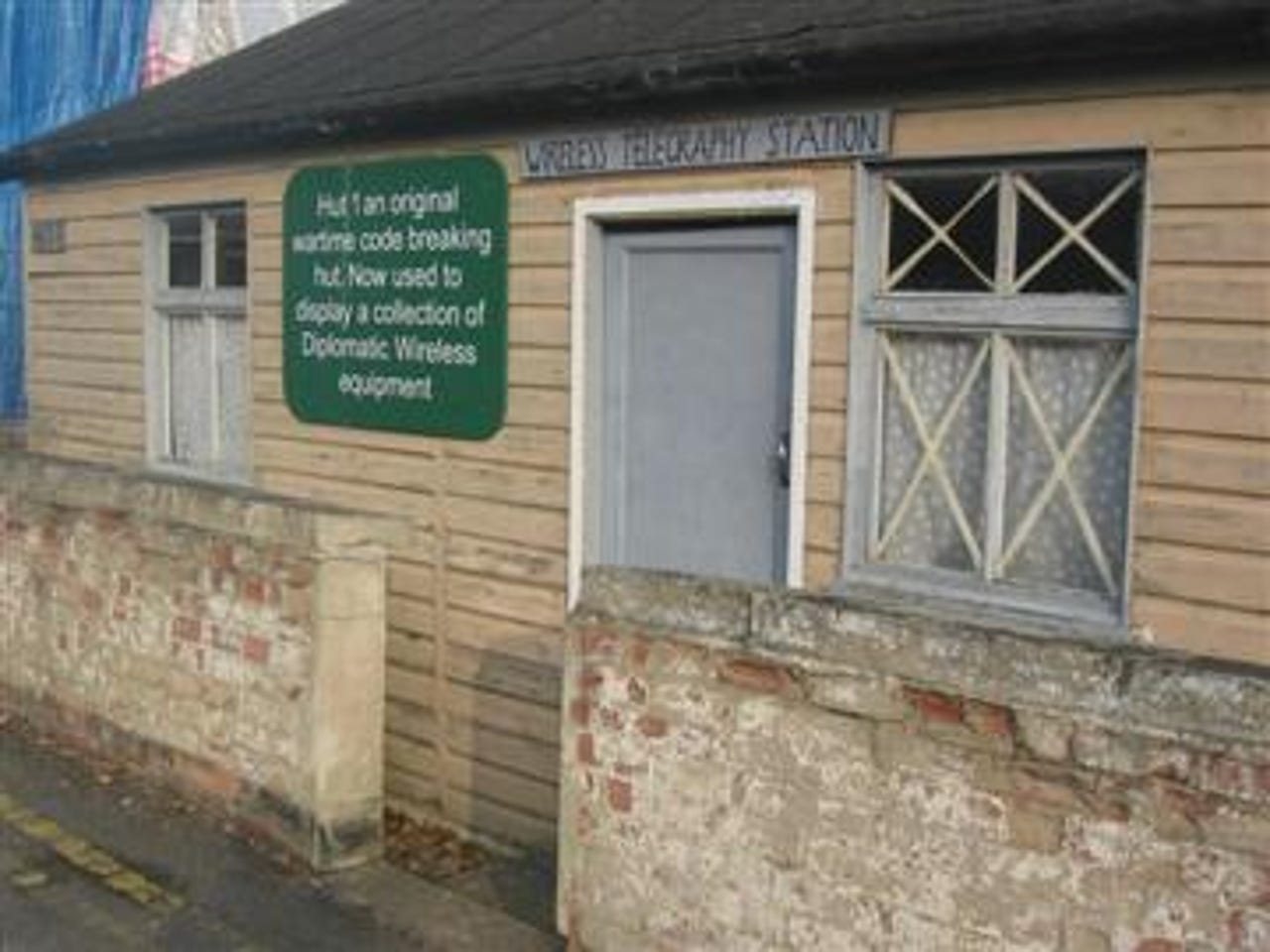Photos: The Colossus WWII codebreaking machine


An exclusive peek behind the scenes at Bletchley Park
Bletchley Park was the secret home to Britain's top codebreakers during World War II. These wireless telegraphy huts were used by people like Alan Turing to crack the Nazi army's coded messages, such as those sent by the famous Enigma machine which Hitler believed was unbreakable.
Bletchley Park is now home to the new National Museum of Computing, which features a rebuild of the world's first electronic codebreaking computer - Colossus.
Photo Credit: Andy McCue
See more photos from Colossus here…
This is the rebuilt Colossus Mk II computer at Bletchley Park's National Museum of Computing.
The original Colossus machine was built using more than 1,500 valves by Post Office engineer Tommy Flowers to speed up the breaking of German codes - in particular that of the Lorenz cipher.
The very existence of Colossus was kept secret as its success relied on the German's not knowing that the code could be broken.
At the end of the war destruction of most of the Colossus machines was ordered because of the secrecy around the machines, while the blueprints were burnt in a furnace – although contrary to popular belief it was not Winston Churchill who ordered the Colossus machines to be dismantled..
The machine pictured here was painstakingly rebuilt over 14 years by computer expert and former spy Tony Sale, who collected valves from decommissioned BT exchanges.
Photo Credit: Andy McCue
See more photos from Colossus here…
The Lorenz machine pictured here had 12 pinwheels and each message sent by it was enciphered using a different starting position for each wheel.
Codebreakers at Bletchley Park found the code was not completely random and that the correct wheel starting positions could be found by analysing the messages at high speed.
Colossus' main task was discovering the pin patterns for all 12 wheels. It could then be used to work out the starting wheel settings for the enciphered messages.
Photo Credit: Andy McCue
See more photos from Colossus here…
This is the radio receiver that was used to capture radio signals transmitting enciphered Lorenz messages.
Photo Credit: Andy McCue
See more photos from Colossus here…
The enciphered messages from the radio signals were then punched onto paper tape using this machine.
Photo Credit: Andy McCue
See more photos from Colossus here…
The paper tape was fed onto these wheels (pictured) on the Colossus machine and read at a rate of 5,000 characters per second. The paper travelled round the wheels at 30 miles per hour.
This cipher text had to be repeatedly scanned at high speed by Colossus, which then analysed it for variations that would reveal the 12 starting settings used by the Lorenz machine to encrypt that message.
Photo credit: Andy McCue
See more photos from Colossus here…
Colossus took about six hours to work out the wheel start positions used by the Lorenz machine and this then enabled the Bletchley Park codebreakers to decipher the messages sent by Hitler's generals.
This is the final piece in the process and the deciphered clear text Lorenz messages would be printed off from this machine.
Photo Credit: Andy McCue
See more photos from Colossus here…
For exclusive behind the scenes footage at Bletchley Park, take a look at this video. Computer expert and former spy, Tony Sale, demonstrates the mighty codebreaker Colossus - WWII's top secret weapon.